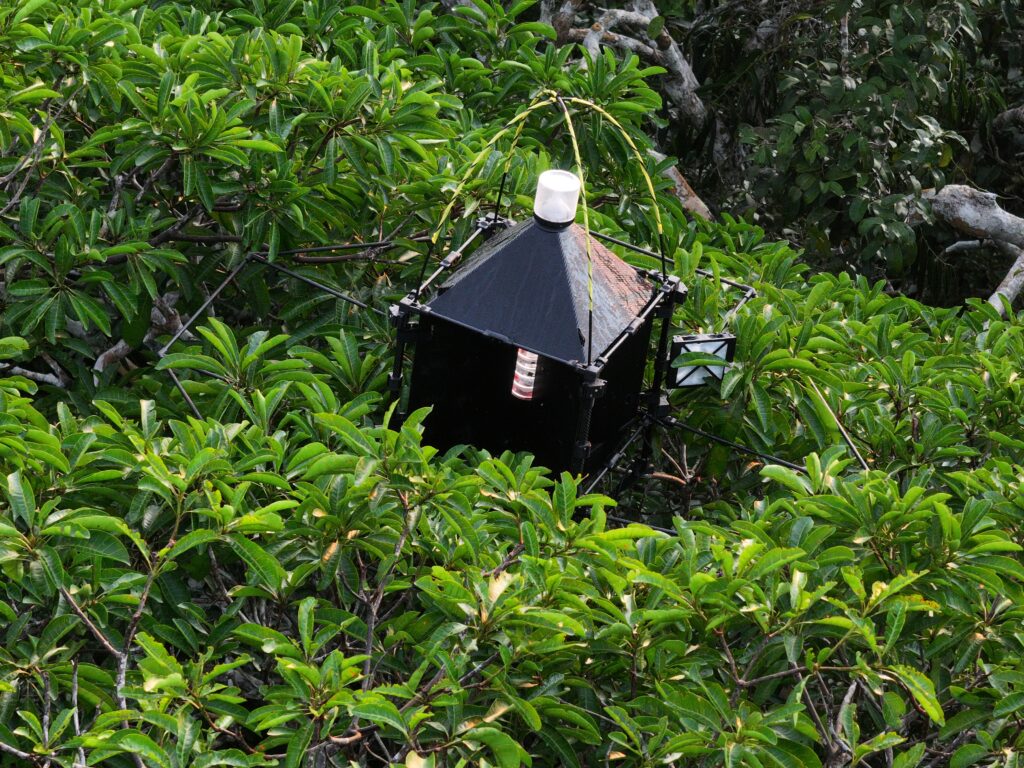As a part of the Limelight Rainforest team, the grand winner of the XPrize Rainforest competition. We developed and operated all the robotics used in the competition. This included deploying sensor stations, camera traps, conservation drones, and other innovative technologies to monitor biodiversity in the rainforest. Our robust, reliable technology ensure accurate monitoring and species identification, contributing to the team’s victory and advancing the future of biodiversity monitoring in challenging environments.
The Limelight Sensor Station is a cutting-edge deployable station designed to revolutionize biodiversity monitoring in remote and hard-to-access areas. It implements multiple data streams: a camera trap for capturing high-resolution images of insects, providing detailed insights into species diversity and behavior. The station’s 8-microphone sound capture system records a wide range of environmental sounds, from bird songs to frog activity, enabling precise acoustic analysis, species identification, and localization. In addition, the Limelight is equipped with specialized insect traps that allow for the physical collection of specimens, offering invaluable data for taxonomy and population studies. Its satellite communication capabilities ensure seamless transmission of status updates and collected data, even from the most isolated locations. Beyond its integrated features, the Limelight supports custom payloads and sensors, allowing researchers to tailor the station to their specific needs. This versatility makes it an indispensable tool for long-term monitoring, ecological research, and conservation efforts in diverse environments.
The Limelight offers remarkable deployment flexibility. It can be precisely placed in the forest canopy using a drone, allowing access to areas that are otherwise inaccessible. Alternatively, it can be manually winched into position on a tree or securely deployed on the ground, adapting to the specific requirements of the environment and research objectives.

This innovative device collects small volumes of water from difficult-to-access locations, such as canopy reservoirs and rivers. During sampling, water is filtered to extract environmental DNA (eDNA), enabling the identification of aquatic organisms and providing insights into the biodiversity of aquatic ecosystems.
The EntoCam Insect Camera Trap is an innovative tool tailored for large-scale insect monitoring projects. Designed for portability, affordability, and energy efficiency, it addresses key challenges faced by researchers and conservationists.
Key features include:
This camera trap simplifies long-term data collection, making it a reliable, sustainable, and cost-effective solution for biodiversity research.
Join our mailing list
Copyright © 2025 Outreach Robotics All Rights Reserved